Varicocele
- Home
- Varicocele

Varicocele occurs at the beginning of the most common abnormalities in men who cannot conceive their partners. In the balls that carry dirty blood from the testicles, expansions in the vascular system are called varicocele. Varicocele can be defined as the return of blood in it as a result of excessive expansion of the vessels carrying dirty blood from the testicles. In the testicles, which cannot drain dirty blood enough, blood circulation is impaired, heat increase and sperm production due to accumulated toxic substances can also be disrupted and infertility can occur. Varicocele can be seen by eye, felt by hand, or detected by Doppler ultrasound examination. When detected by Doppler ultrasound, it is called subclinical varicocele. In addition to infertility, the most obvious complaint in men who are victims is chronic groin pain and a feeling of pressure.
For today, varicocele, which is only visible or felt by hand, is considered important. Varicocele incidence varicocele is found in about a third of men admitted to the doctor due to infertility. Not all men with varicocele have infertility problems, but only a third do not have children. It should be noted that normally 20% of all men also have varicocele. There is no widely accepted theory about how varicocele causes infertility. As the size of varicocele increases, so does its danger. Also, the longer varicocele has been present, the greater the damage it will do. For this reason, attention to varicocele even during adolescence is recommended, if necessary, surgery. Varicocele should come to mind in men who have pain, swelling in their bags or complain that they do not have children. Varicocele is diagnosed by clinical examination. Sometimes it may not be detected on examination. In this case, ultrasound or Doppler examinations are required.
What Is The Treatment Method?
The treatment of varicocele today is surgical. By microsurgery, the dilated vessels are connected by an operation called spermatic vein ligation. This operation can be performed endoscopically, as well as radiological embolization (injecting a substance that blocks an expanding vessel under radiological control) techniques can be used. In order to stimulate the production of hormones that are impaired in the testicles after varicocele surgery, it may be useful to give patients hormones and/or drugs that regulate blood circulation for 2-3 months after surgery. An improvement should be expected at the earliest after 2.5 months. Then you need to check at intervals of 6 months. At the controls, sperm analysis and varicocele relapse are investigated. In cases of relapse, re-surgery can be performed. Lack of improvement in Sperm analysis does not mean that the operation was not successful. Studies have shown that although sperm count does not change, its quality improves.
How Useful Is The Treatment?
Within 1 year after varicocele surgery, 1/3 of the patients have a significant improvement in sperm values and can conceive their partners. However, since the presence of children depends on a large number of factors belonging to men and women, other disorders that accompany varicocele also need to be thoroughly investigated and treated. Otherwise, pregnancy may not be seen, although surgery is performed.
-
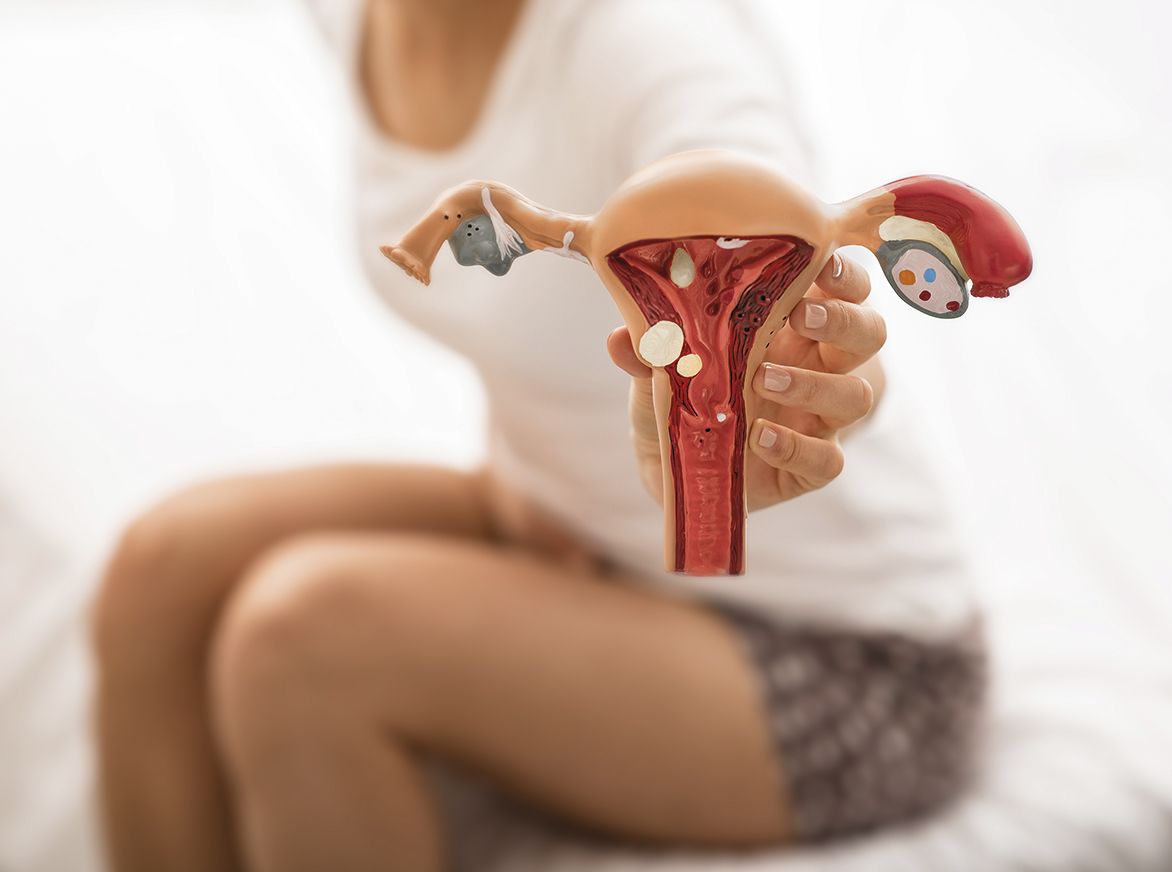 What is Endometriosis (Chocolate Cyst)? What are the symptoms? How to Treat?
What is Endometriosis (Chocolate Cyst)? What are the symptoms? How to Treat?
-
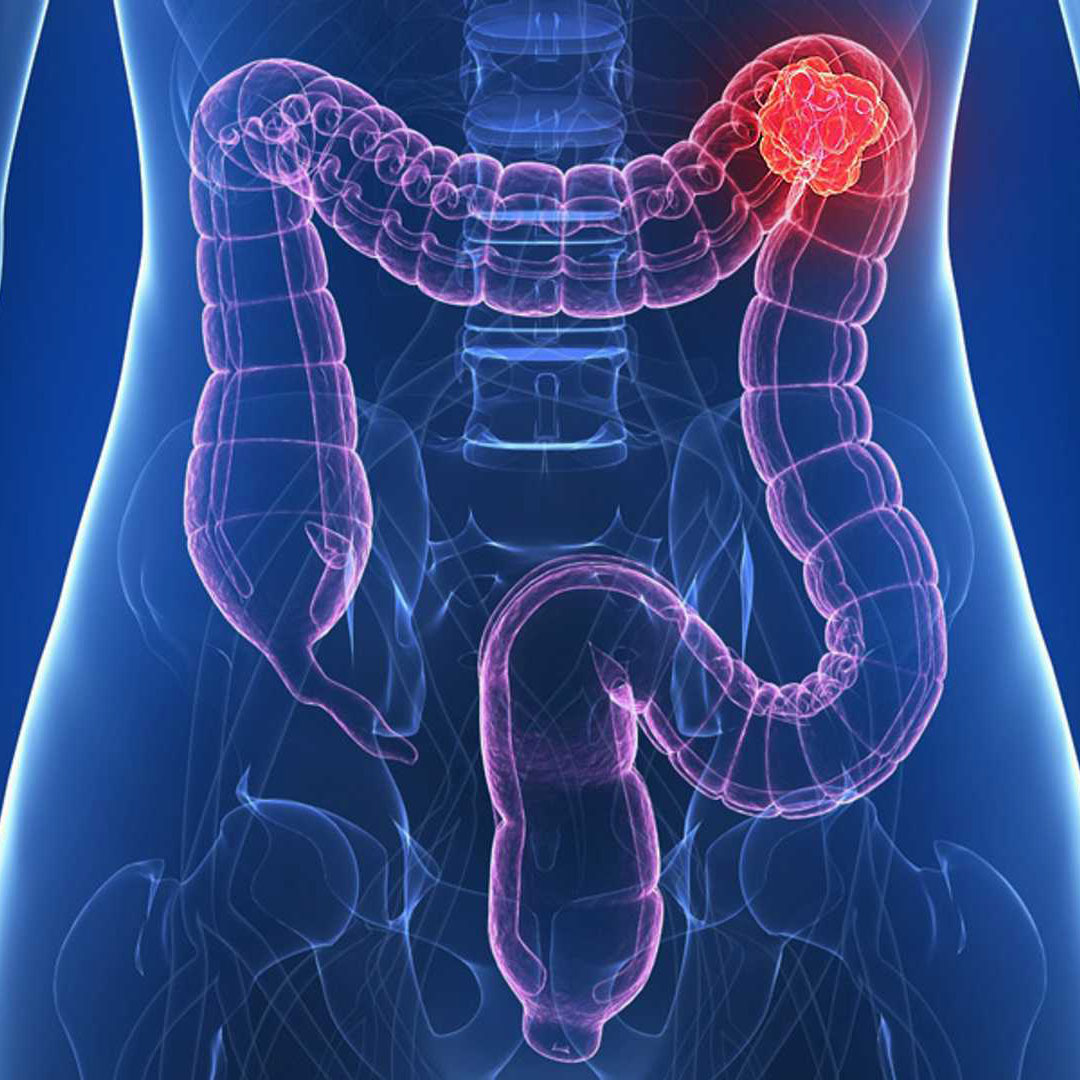 Colon Cancer (Symptoms, Stages, Treatment)
Colon Cancer (Symptoms, Stages, Treatment)
-
 Influenza (Flu) in Children
Influenza (Flu) in Children
-
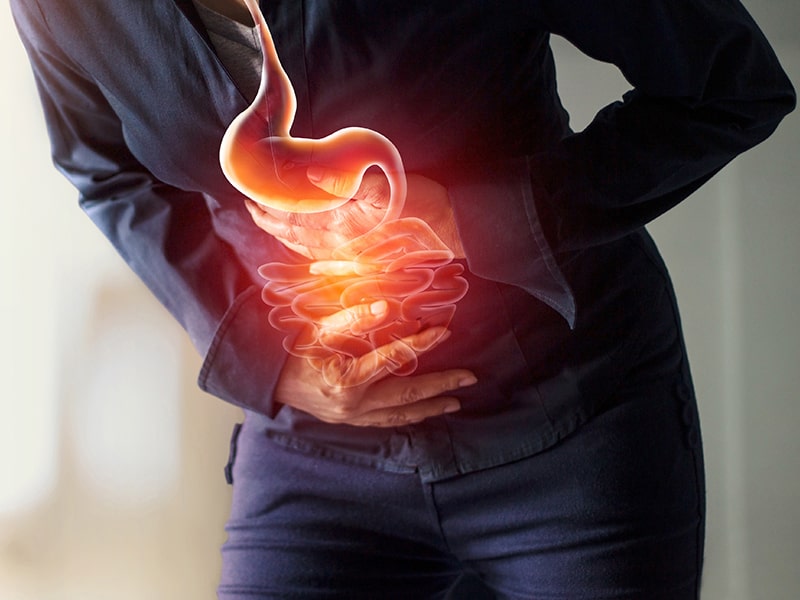 Stomach Cancer Symptoms and Treatment Methods
Stomach Cancer Symptoms and Treatment Methods
-
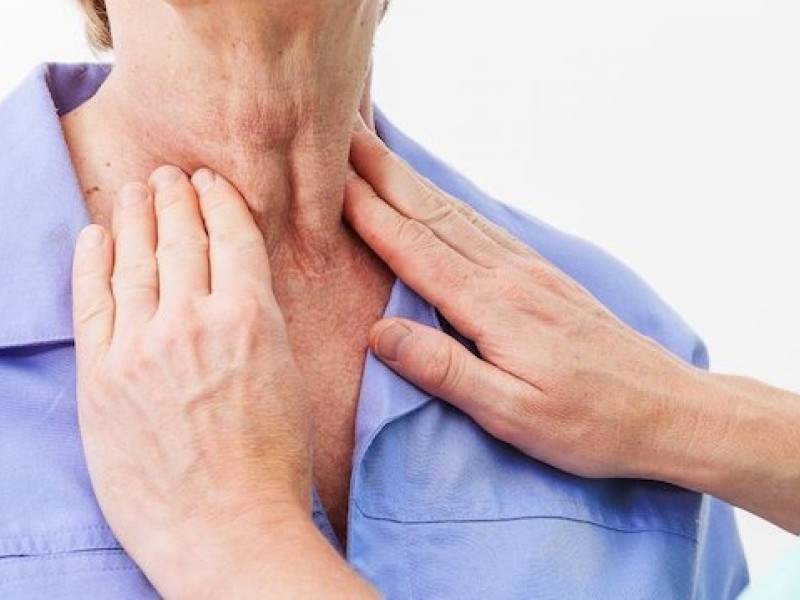 What is Lymph Node Swelling? What Are The Reasons?
What is Lymph Node Swelling? What Are The Reasons?
-
 When to Use Antibiotics? What are the side effects? What is Antibiotic Resistance?
When to Use Antibiotics? What are the side effects? What is Antibiotic Resistance?
-
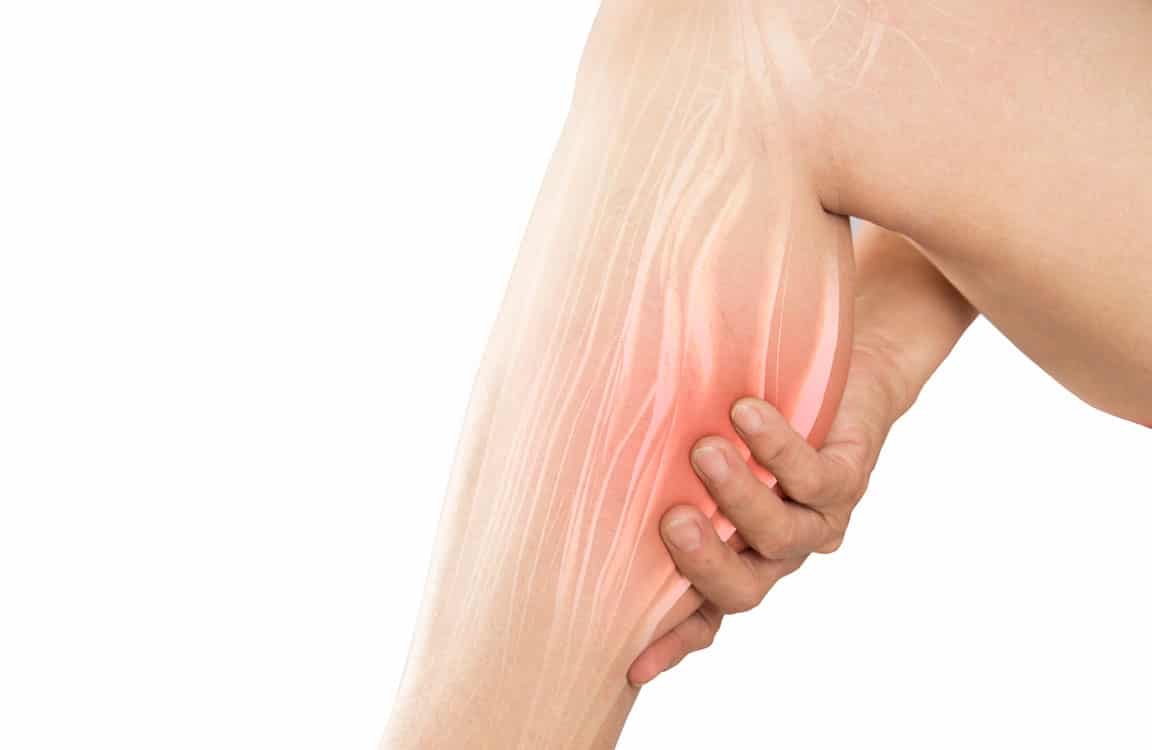 What is Muscle Spasm?
What is Muscle Spasm?
-
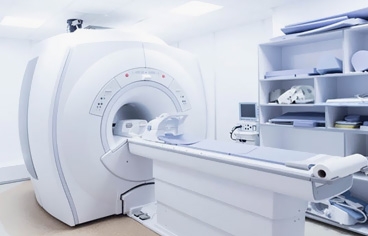 What is MRI? How to Take an MRI with Medication? Is It Harmful?
What is MRI? How to Take an MRI with Medication? Is It Harmful?
-
 What are the Causes of Diarrhea and Vomiting? How to Treat?
What are the Causes of Diarrhea and Vomiting? How to Treat?
-
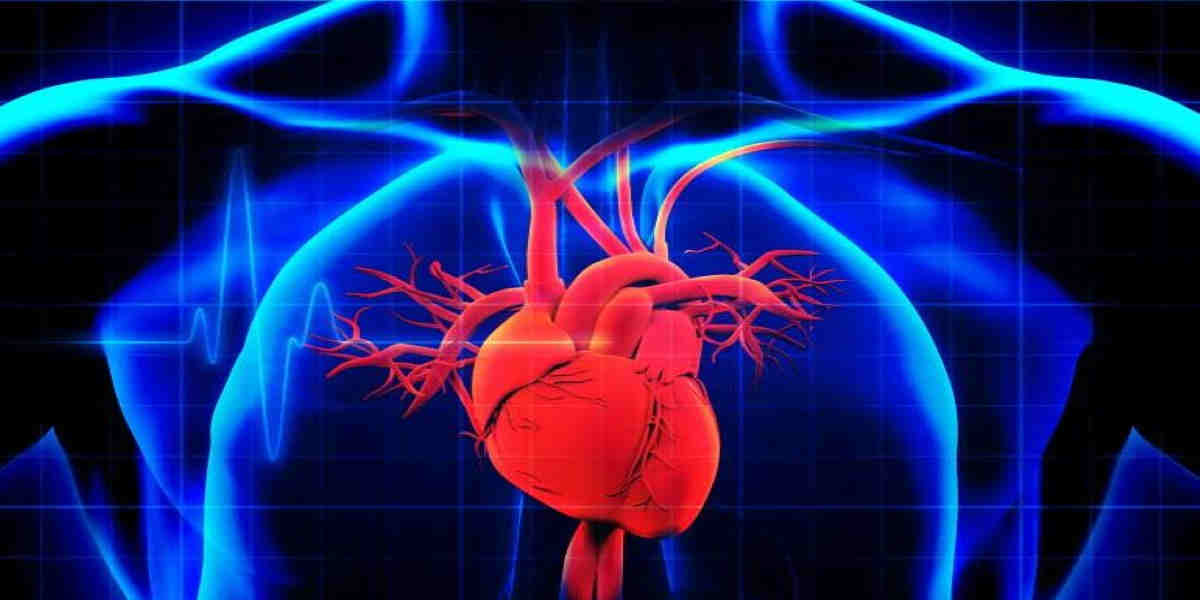 What is Heart Failure? What are its stages? How to Treat?
What is Heart Failure? What are its stages? How to Treat?
